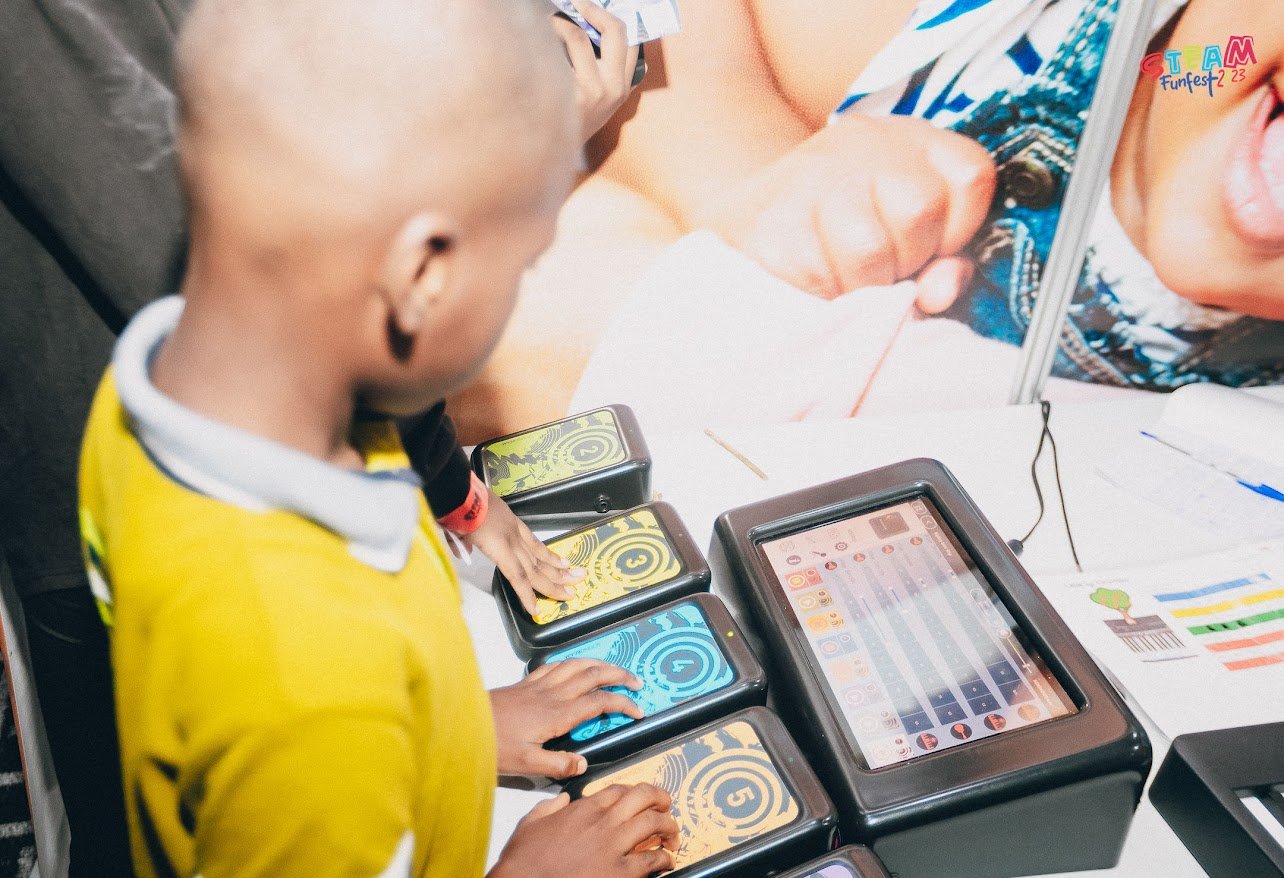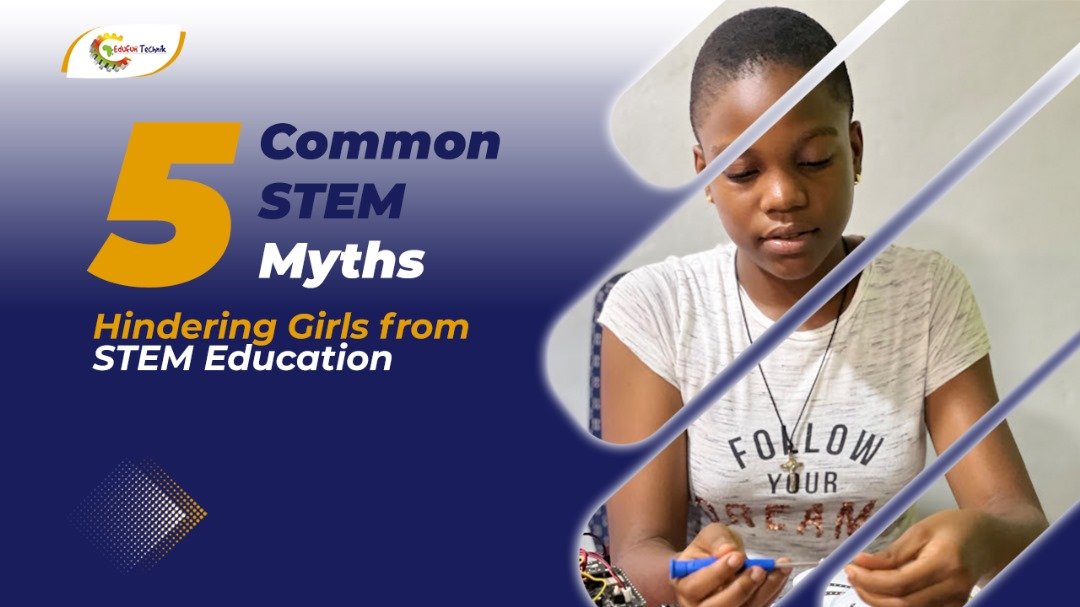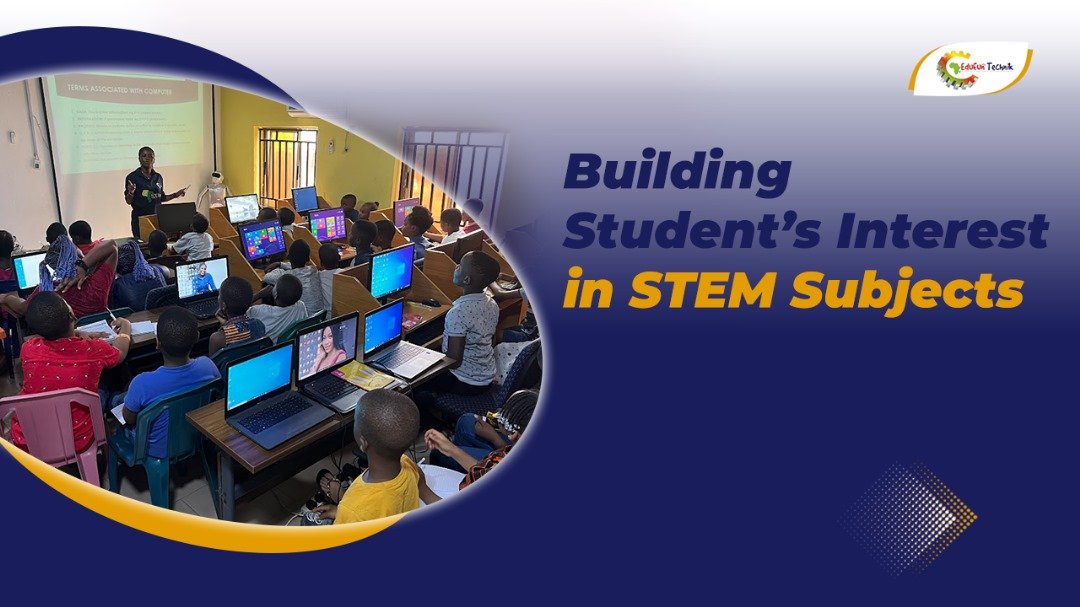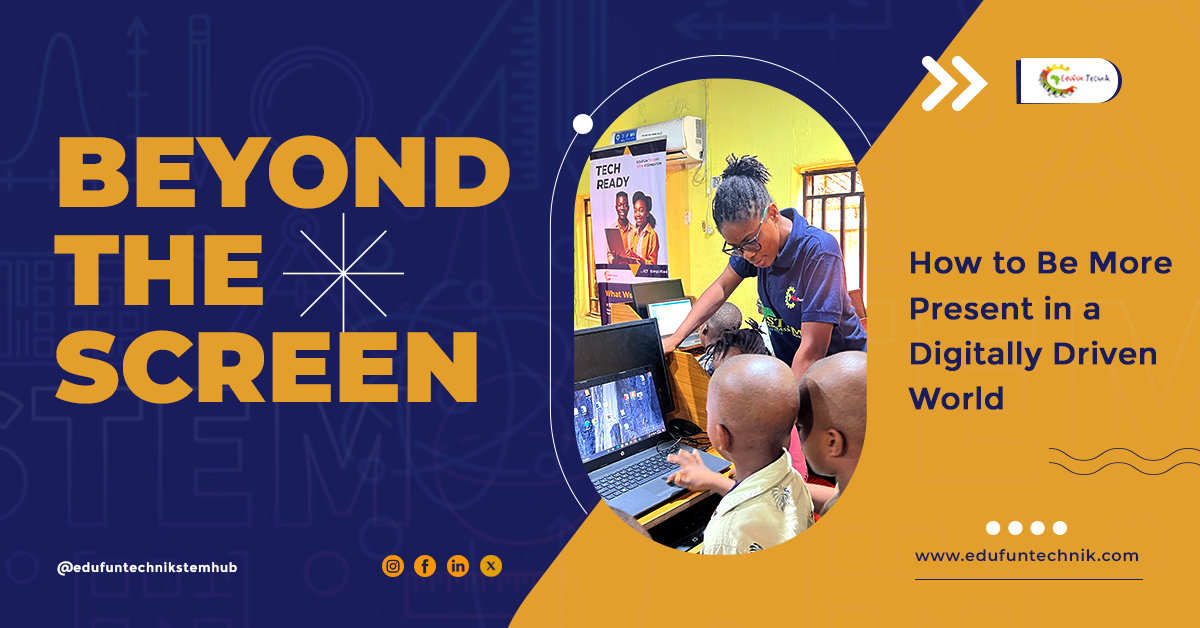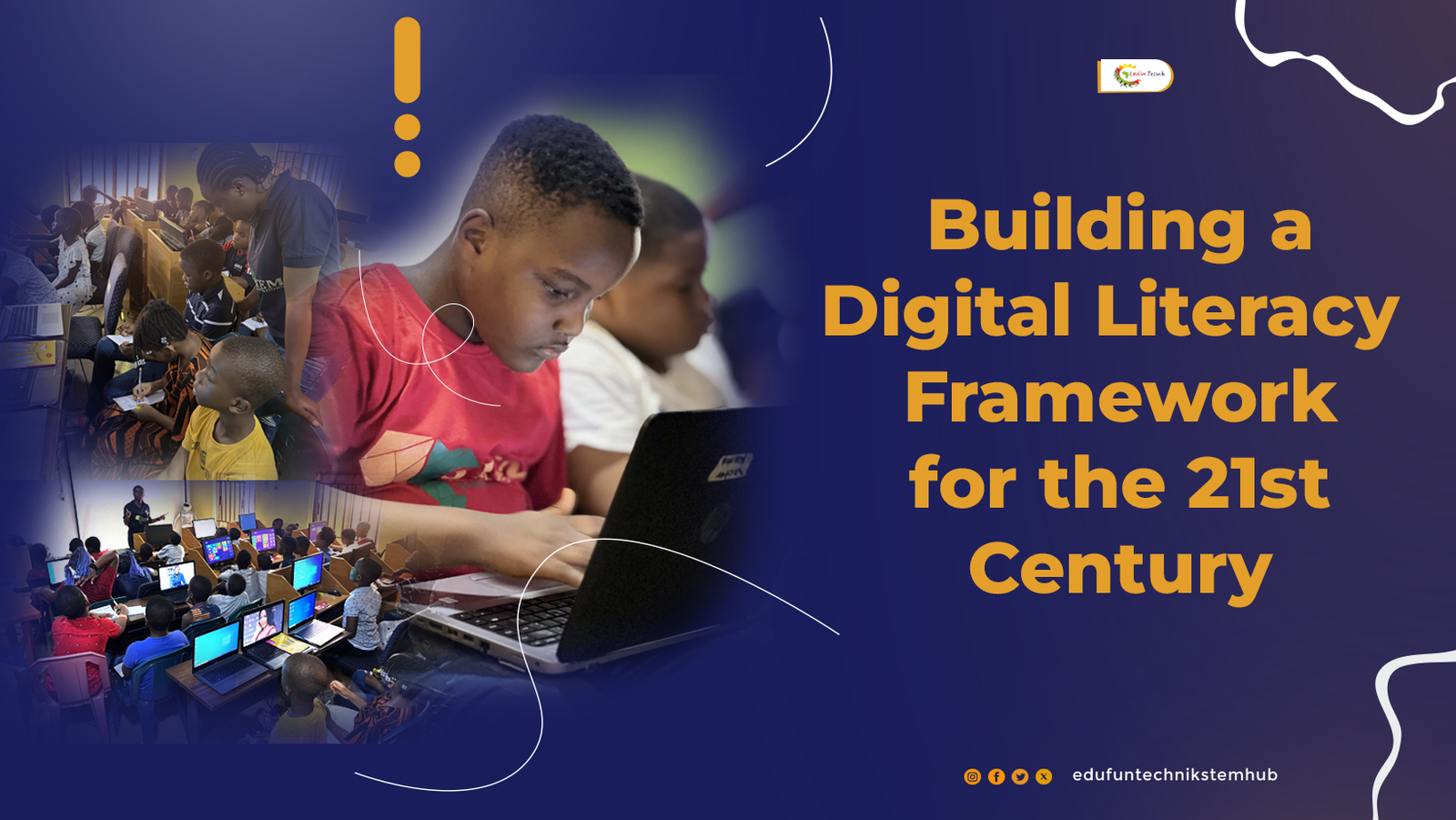Learning how to code might sound like a big task. But the truth is, anyone can start, even with no experience at all. You do not need to be a genius or own a fancy computer. All you need is curiosity and a few easy steps to begin.
This guide will show you some fun and simple coding projects you can try as a beginner. Whether you are a student, a parent, or a teacher, these ideas can help you take your first step into the world of tech. The best part? You can do most of them at home or in school with free tools.
Let us begin your tech journey together.
What Is Coding and Why Should You Learn It?
Coding is how we talk to computers. It is like giving instructions using a language the computer understands. These instructions can be used to create websites, apps, games, and even robots.
Today, many jobs use coding, not just tech jobs. Doctors, artists, teachers, and farmers use software that was built by coders. The earlier you learn, the better your chances of understanding how the world around you works.
Experts from the MIT Media Lab say that learning to code helps children become problem solvers and creative thinkers. Even if they do not become programmers, they will gain skills that help in every part of life.
Why Start with Simple Coding Projects?
Starting small is the best way to build confidence. Just like learning to read begins with learning letters, learning to code begins with simple steps.
Simple projects help you:
- Understand how coding works.
- Practice writing instructions in order.
- See real results quickly.
- Learn how to fix small mistakes.
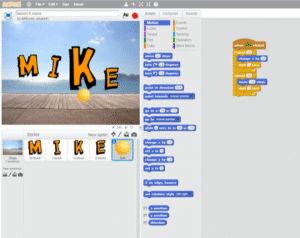
A simple project can be as basic as making your name dance on the screen or creating a quiz about your favorite animal. When you start with things that make you smile, coding becomes fun, not scary.
Project 1: Make Your Name Move Using Scratch
Tool: Scratch (Free, by MIT) Website: scratch.mit.edu
Scratch is one of the best places to start. It is like playing with building blocks, but each block is a line of code.
Steps:
- Go to the Scratch website and make a free account.
- Click “Create.”
- Delete the cat sprite if you want, then add a new sprite. Choose “Letters” and pick the letters of your name.
- Use the “motion” and “looks” blocks to make each letter spin, glide, or bounce.
What You Learn: You will learn about sprites, loops, events, and motion blocks. It is a great way to see how commands affect what happens on the screen.
Project 2: Create a Quiz Game with Questions
Tool: Scratch or Code.org Best For: Ages 8 and above
Everyone loves games. You can create a quiz to test your friends about animals, colors, sports, or school topics.
Steps:
- Set up a new project.
- Use the “ask” block in Scratch or the “when run” block in Code.org to start.
- Write two or three questions with answer choices.
- Add a scoring system with variables.
What You Learn: This teaches you how to collect input from users and how to use conditions (if and then) in your code. It also shows you how to use variables to track scores.
Project 3: Animate a Story
Tool: Scratch or Tynker Best For: Ages 7 and up
This one is great for students who love storytelling or drama.
Steps:
- Pick two or more characters (sprites).
- Use the “say” and “wait” blocks to make them talk to each other.
- Change backgrounds to show different scenes.
- Use sound blocks for extra fun.
What You Learn: You learn sequencing and timing, which are key skills in both coding and storytelling.
Dr. Marina Bers, a professor of child development and computer science, shares that when children use tools like Scratch to tell stories, they learn to connect logic with emotions. That balance is what makes learning stick.
Project 4: Build a Simple Website
Tool: Replit or CodePen Languages: HTML and CSS Best For: Ages 10 and above
You can make a one-page website about yourself, your school, or your favorite cartoon character.
Steps:
- Open Replit and choose the “HTML, CSS, JS” template.
- Start with the basic HTML structure: <html>, <head>, and <body>.
- Use <h1> for headings, <p> for paragraphs, and <img> for pictures.
- Use CSS to change colors and fonts.
What You Learn: This introduces you to real-world coding languages and teaches you how websites are made. You also build digital confidence.
Project 5: Code a Music Button
Tool: Code.org or MakeCode Best For: Any beginner level
Music is a great way to make learning fun.
Steps:
- Choose a button or sprite.
- Add code that says, “When this is clicked, play sound.”
- Try adding more buttons to make a full song.
What You Learn: You learn how to connect actions to sounds and how to think in steps. You also explore basic logic.
Tips for Parents and Teachers Supporting Beginners
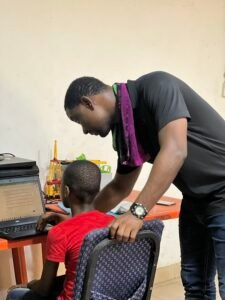
You do not need to be a coding expert to guide your child or student. Here are a few simple ways to help:
- Let them make mistakes. Fixing errors is how learning happens.
- Ask questions like, “What do you think will happen if you change this?”
- Celebrate small wins. Even a moving sprite is a big deal for a beginner.
- Set aside short, focused time each week. Just 20 minutes a day can go a long way.
Code.org’s research suggests that students who are exposed to coding early are more likely to do well in math, reading, and problem-solving. And this is true for both boys and girls.
How to Keep Going After Your First Projects
Once you have tried one or two projects, you might want to do more. Here are a few things you can do next:
- Join coding clubs or workshops near you.
- Watch free tutorials on YouTube made for kids.
- Take part in challenges like the Hour of Code.
- Try physical coding tools like Microbit or Arduino if available.
The key is to keep exploring and asking, “What else can I make?” Every project you finish makes you better.
You Can Be a Coder
Coding is not just for people who work at big tech companies. It is for everyone. You can start small, with fun and simple ideas. Before you know it, you will be making your games, websites, and maybe even apps.
It all starts with one project. Then another. And another.
So pick one from this list and try it today. Your tech journey has already begun. All you need to do is keep going

